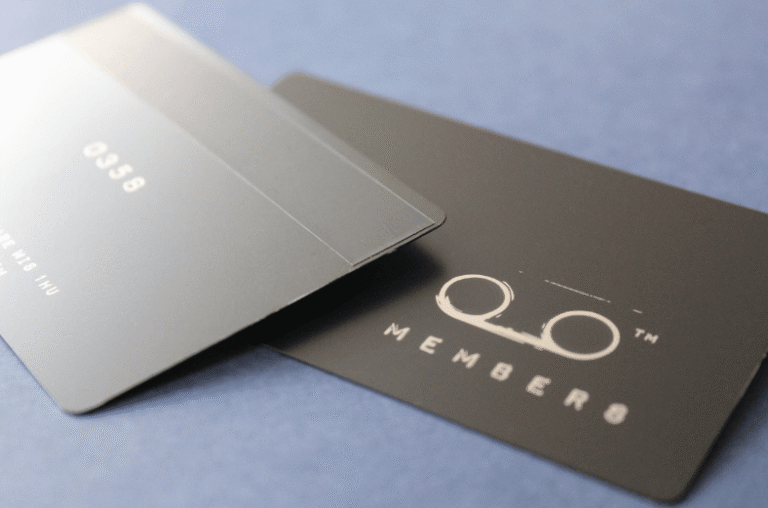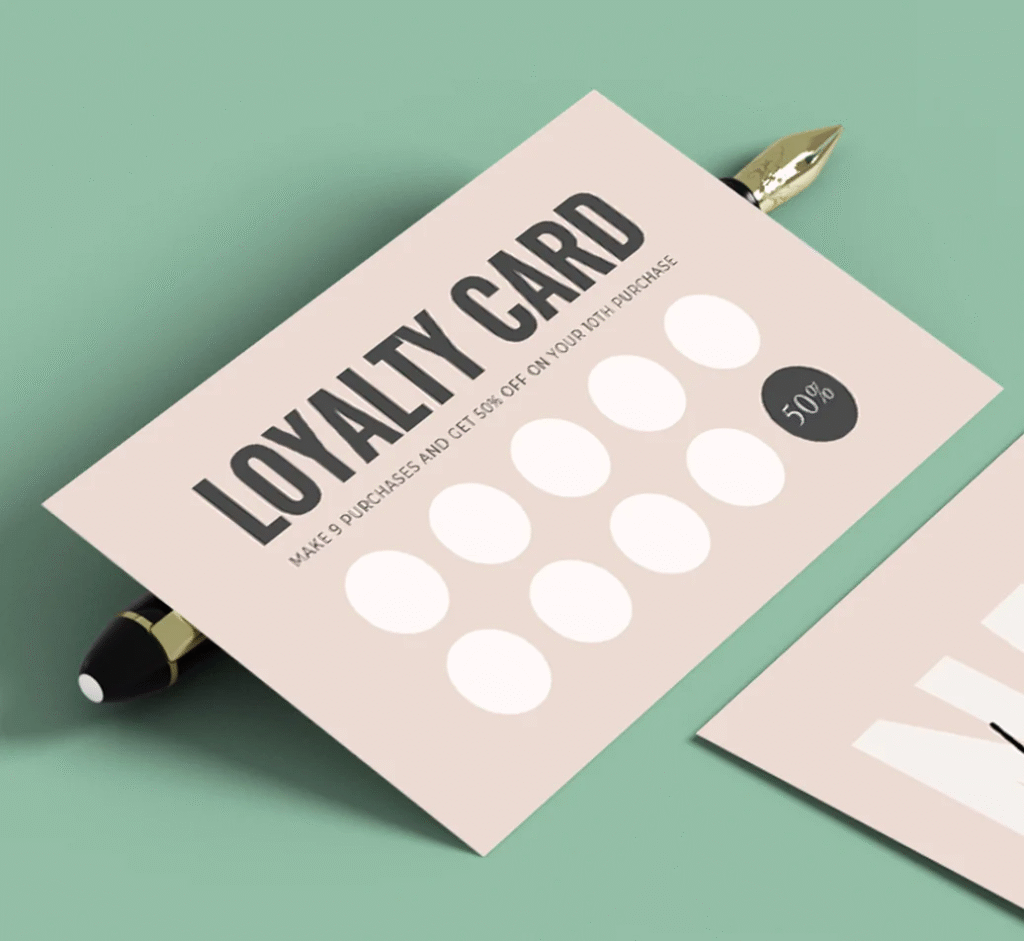
Loyalty card Contactless Technologies That Consumers Want
Contactless technology is now part of everyday life. From public transport to mobile payments, consumers expect speed, security, and convenience. Retailers and service providers must adapt to these expectations in their loyalty programs. A Loyalty card with contactless technology provides the right balance of efficiency and trust. It removes friction during transactions and enhances customer engagement. Businesses that fail to modernize risk losing ground to competitors who offer faster and more personalized solutions.
Seamless Tap-and-Go Experiences
Speed is the top reason consumers prefer contactless options. Long checkout lines frustrate customers and reduce satisfaction. A contactless loyalty card allows shoppers to earn and redeem rewards with a simple tap. This reduces waiting time while improving store flow. For example, grocery chains can handle peak shopping hours more smoothly when loyalty transactions are instant. Staff can focus on customer service instead of scanning barcodes or printing vouchers. This combination of speed and service makes a Loyalty card an essential customer tool.

Mobile Wallet Integration
Consumers want freedom from carrying multiple plastic cards. They already use digital wallets like Apple Pay and Google Wallet daily. Adding loyalty cards to these platforms meets that demand. Integration provides real-time updates on points, offers, and membership tiers. If a customer leaves their card at home, they can still use their phone to collect rewards. This convenience removes barriers to participation. Retailers that provide mobile-linked Loyalty card options create smoother digital journeys and stronger engagement.
Enhanced Security Features
Trust is critical in any transaction. Shoppers will not join programs they believe expose their data. Contactless loyalty cards use encryption, tokenization, and secure chips to prevent fraud. These features protect both the customer’s identity and the company’s reputation. For example, tokenization replaces sensitive account details with unique codes, blocking unauthorized access. Secure Loyalty card systems reassure customers that their rewards and personal data remain safe, encouraging more frequent use.

Personalized Rewards Delivery
Generic offers no longer satisfy modern consumers. They expect brands to recognize their preferences and reward them accordingly. Contactless technology supports this by instantly recording purchase behaviour. Companies can analyze data and design offers that match real buying habits. A coffee chain might send a free drink coupon after ten purchases, while a clothing retailer could promote discounts on frequently bought styles. A personalized Loyalty card increases relevance, which drives repeat visits and deeper brand loyalty.
Cross-Channel Compatibility
Modern shopping habits cross physical and digital boundaries. Customers expect loyalty programs to follow them online and offline. A contactless loyalty card linked to e-commerce accounts ensures this consistency. Customers can earn points in a physical store and redeem them during an online checkout, or vice versa. This cross-channel flexibility keeps programs attractive. A well-integrated Loyalty card supports brand recognition in every environment, whether on a smartphone screen or at a cash register.

Sustainability and Eco-Friendly Options
Environmental awareness shapes consumer decisions. More buyers prefer sustainable products, and loyalty cards are no exception. Businesses can now issue cards made from recycled plastic, wood, or biodegradable materials while embedding contactless technology. Promoting these eco-friendly cards builds goodwill and resonates with younger generations—for example, a fashion retailer offering recycled-material loyalty cards positions itself as both modern and responsible. An eco-conscious Loyalty card creates positive brand associations while supporting sustainability goals.
Future Trends in Contactless Loyalty Programs
The next stage of loyalty engagement goes beyond traditional cards. Wearables, NFC-enabled wristbands, and app-only memberships are gaining popularity. These tools reduce reliance on physical cards and make transactions nearly invisible. A loyalty program linked to a smartwatch, for example, allows a customer to collect points without even opening a wallet. Still, physical cards remain important in many markets. The evolution of the Loyalty card ensures it adapts to future demands while retaining its role as a reliable customer link.

Shaping Consumer Expectations Through Loyalty Card Technology
Contactless technology has changed what consumers expect from rewards programs. They want speed at checkout, secure data handling, and personalised offers. They value flexibility across channels and appreciate eco-friendly options. By meeting these needs, businesses can improve customer retention and brand loyalty. Companies that fail to adapt risk being left behind in a competitive marketplace. A modern Loyalty card is not just a tool—it is the foundation of lasting consumer trust and engagement.


